Tornadoes can be some of the most astonishing and destructive natural events, with certain storms standing out for their sheer size and impact. These rare, record-breaking tornadoes leave lasting impressions on the communities they devastate, prompting advancements in tracking and preparedness. This article explores the largest tornadoes ever recorded, examining each one’s size, strength, and the damage left in its path. From local towns to entire regions, they show the power of nature at its most intense.
Omaha Tornado
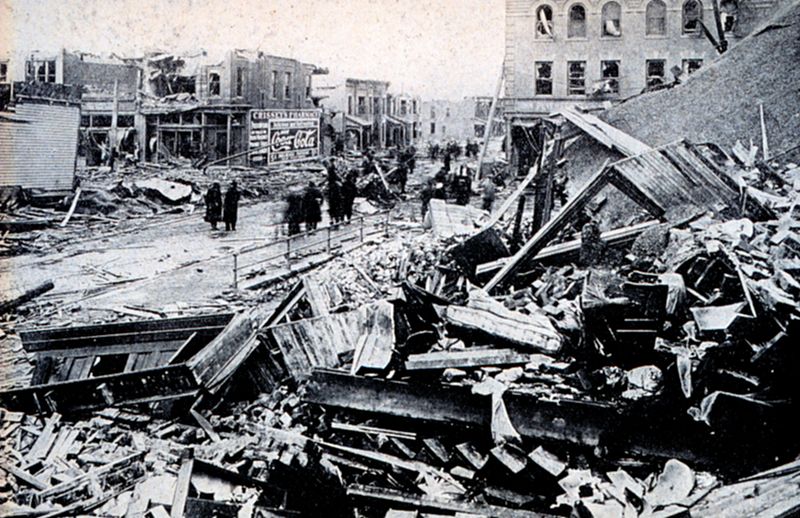
The Omaha Tornado, which struck on March 23, 1913, is one of Nebraska’s most destructive tornadoes, reaching an estimated width of half a mile. Classified as an F4, it ravaged Omaha, causing 103 fatalities and injuring over 350 people along its 40-mile path. The storm demolished more than 600 homes, along with numerous businesses and schools, leaving parts of the city in ruins. It struck on Easter Sunday, which left many people vulnerable as they gathered for church services and community events. Entire neighborhoods were reduced to rubble as the tornado barreled through the city at wind speeds of up to 210 mph. The disaster spurred Omaha to prioritize tornado preparedness and build more robust structures in vulnerable areas. Its impact is still remembered in Nebraska as one of the state’s most tragic natural disasters.
Pforzheim Tornado

The Pforzheim Tornado, occurring on July 10, 1968, in Pforzheim, Germany, is one of Europe’s largest and most destructive tornadoes. With an estimated width of 0.6 miles, it traveled 12 miles, tearing through homes and businesses with wind speeds believed to be equivalent to an F4 on the Fujita scale. The storm caused substantial damage to Pforzheim, leading to two fatalities and injuring over 200 people, while damaging thousands of buildings and uprooting hundreds of trees. The tornado left much of the city in need of extensive rebuilding, and its sudden appearance shocked the region, which rarely experiences tornadoes of this magnitude. The event is a landmark in Germany’s meteorological history, sparking interest in studying European tornadoes.
Joplin Tornado

The Joplin Tornado struck Missouri on May 22, 2011, leaving behind a mile-wide swath of destruction across the city and making it one of the deadliest and costliest tornadoes in recent U.S. history. This EF5 tornado, with winds exceeding 200 mph, destroyed homes, schools, and a hospital, causing $2.8 billion in damages—the highest financial toll for any single tornado event. Tragically, the storm claimed 161 lives and injured over 1,000 people, as its unpredictable path made it challenging for many residents to reach safe locations. Its extensive impact led to significant federal and local efforts to enhance emergency preparedness and response systems. The recovery process prompted changes in building codes, emphasizing stronger structures in tornado-prone areas.
Tri-State Tornado
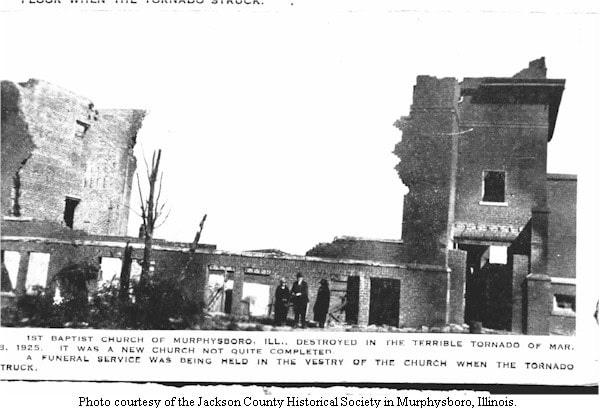
On March 18, 1925, the Tri-State Tornado tore through Missouri, Illinois, and Indiana, becoming one of the longest-lasting tornadoes in history. This EF5 tornado held a record path of about 219 miles, lasting around 3.5 hours and reaching wind speeds estimated at 300 mph. Its destruction was vast, cutting a one-mile-wide path across multiple states and killing 695 people. As it traveled in a remarkably straight line, entire towns were reduced to rubble, leaving survivors and rescuers in shock at the damage. It injured over 2,000 people and inflicted millions in damages, sparking widespread efforts to improve emergency response. Its legacy is marked by enhanced storm preparedness and research into tornado patterns and tracking.
New Richmond Tornado
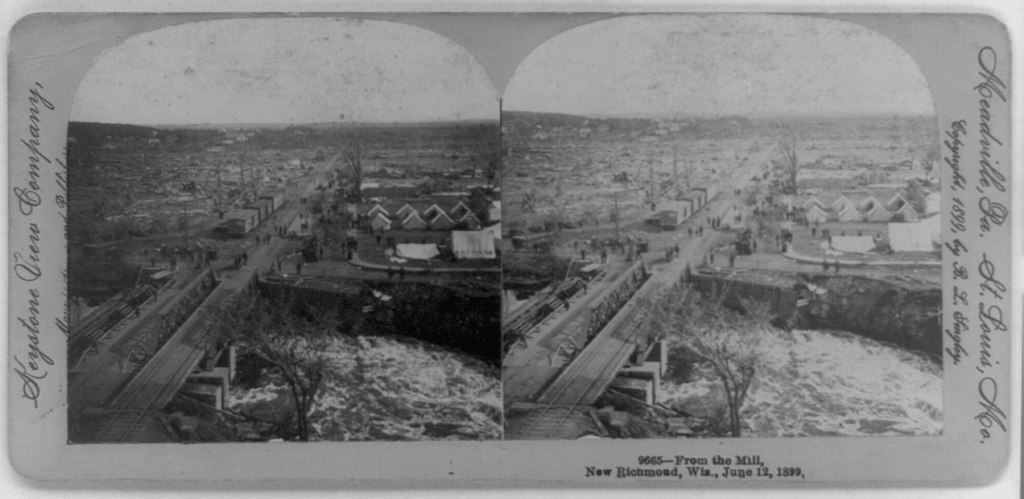
The New Richmond Tornado hit Wisconsin on June 12, 1899, marking one of the deadliest and widest tornadoes in the state’s history. This F5 tornado, estimated at over a mile wide at points, tore through New Richmond with winds reaching up to 260 mph. It struck during a circus, leaving residents with limited options for shelter, which tragically contributed to its 117 fatalities and over 200 injuries. It obliterated much of the town, destroying 300 buildings and causing immense devastation. Witnesses described the town as “unrecognizable” following the tornado, with entire blocks leveled. It underscored the importance of emergency planning for public events in tornado-prone regions.
Bridge Creek-Moore Tornado
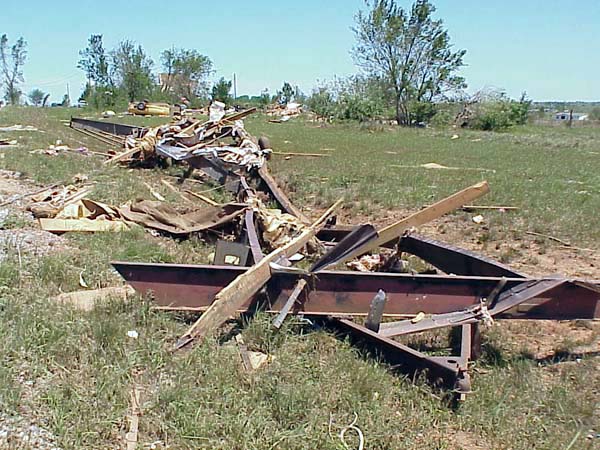
The Bridge Creek-Moore Tornado, occurring on May 3, 1999, struck Oklahoma with an intensity and width that made it one of the most devastating in state history. This massive F5 tornado, reaching 1.3 miles in width, sustained some of the highest wind speeds ever recorded, measured at 301 mph. It devastated Bridge Creek, Moore, and parts of Oklahoma City, remaining on the ground for over an hour. Entire neighborhoods were obliterated, resulting in 36 fatalities and nearly $1 billion in damages. Its immense speed and scale overwhelmed emergency responders and left behind a debris field stretching miles. Following this event, Oklahoma authorities stressed the importance of having storm shelters, particularly in high-density areas vulnerable to tornadoes.
Hallam Tornado
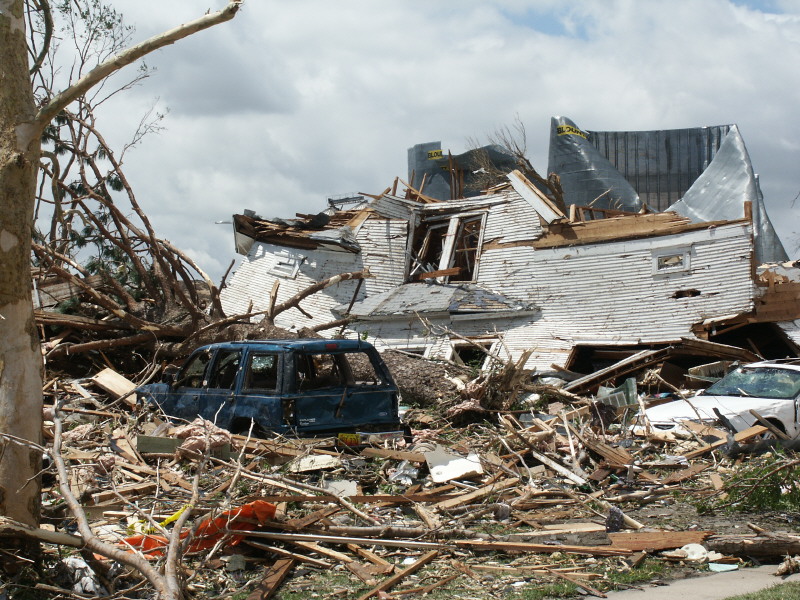
The Hallam Tornado struck Nebraska on May 22, 2004, reaching a record-breaking width of 2.5 miles at its peak. This F4 tornado tore through rural areas and the small town of Hallam, flattening homes, businesses, and agricultural land in its 33-mile path. Although only one person was killed, the tornado injured dozens and caused millions in damages, forever changing the landscape of Hallam. Its unusual width made it difficult for many to recognize it as a single funnel, as it often appeared as a dark, spreading storm cloud. It set width records for nearly a decade until it was surpassed by the El Reno Tornado. It served as a critical case study for understanding how tornadoes expand and intensify in width.
El Reno Tornado
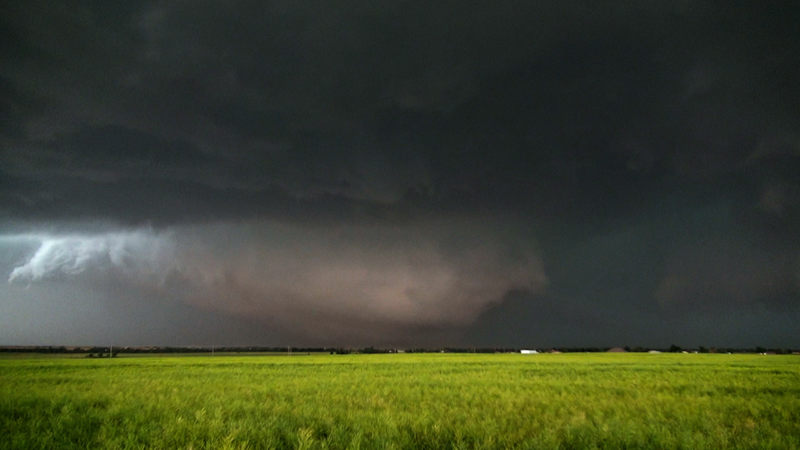
The El Reno Tornado, which struck on May 31, 2013, near El Reno, Oklahoma, is recorded as one of the widest tornadoes ever measured, with a staggering width of 2.6 miles. Classified as an EF3, it traveled across Canadian County, Oklahoma, leaving a path of destruction 16.2 miles long and lasting approximately 40 minutes. Its peak winds, measured by Doppler radar, reached 302 mph, marking the second-highest wind speed ever recorded. Despite its width, it was unpredictable, moving erratically and catching many storm chasers by surprise, tragically resulting in four fatalities among them. Its multi-vortex structure added to its destructive potential, as smaller, intense vortices within the main funnel contributed to localized areas of severe damage. It raised significant discussion within the meteorological community about tornado categorization and measurement. Its unique width and intensity led to further research on multi-vortex tornadoes, influencing future approaches to tornado tracking and warning systems.
Great St. Louis Tornado

On May 27, 1896, the Great St. Louis Tornado struck Missouri and Illinois, earning a place among the deadliest tornadoes in American history. This powerful storm, approximately three miles wide, tore through downtown St. Louis with winds reaching 260 mph, devastating neighborhoods and sinking steamboats along the Mississippi River. The destruction led to 255 fatalities, and around 1,000 people were injured, with damage costs estimated at $25 million at the time. Its force was so severe that pieces of the steel-truss Eads Bridge, thought to be tornado-proof, were displaced. It swept through in under 30 minutes, creating chaos and devastation across the region. Its impact prompted local communities to strengthen building codes and emergency preparedness.
Mulhall Tornado
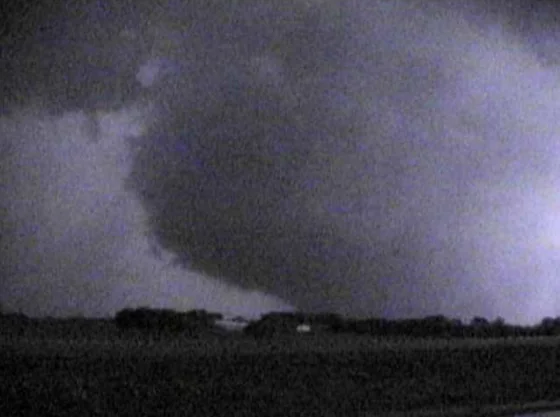
The Mulhall Tornado of May 3, 1999, struck Oklahoma with an unprecedented width of up to 4.38 miles, making it one of the widest tornadoes ever recorded. Although classified as an F4, this tornado caused significant damage in the town of Mulhall, decimating every building and leading to a large debris field. Fortunately, there were no fatalities, as the tornado mostly traveled through rural areas, but its impact on Mulhall left the town almost unrecognizable. With winds estimated at 260 mph, it created massive vortices that added to the destruction. Its massive width made it difficult to track, even for experienced storm chasers. It underscored the unpredictability of exceptionally large tornadoes, prompting advancements in tracking technologies.
This article originally appeared on Rarest.org.
More from Rarest.org
20 Exotic Birds in Danger of Disappearing from Our World

Exotic birds are among the most vibrant and unique species on our planet. However, many of these stunning creatures are at risk of vanishing forever. Habitat destruction, climate change, and illegal poaching have contributed to their dwindling populations. Read More.
19 Unique Freshwater Fish Thriving in Lakes and Rivers

Freshwater lakes and rivers are home to a fascinating array of unique fish species, each thriving in its own way within these diverse ecosystems. From ancient predators to gentle giants, these fish have adapted to a wide range of environments, showcasing remarkable traits and behaviors. Read More.
22 Uncommon Mammals Found Only in Dense Rainforests

Dense rainforests are home to some of the world’s most unique and mysterious mammals. These environments, rich in biodiversity, provide the perfect habitat for species that thrive away from human eyes. Read More.
